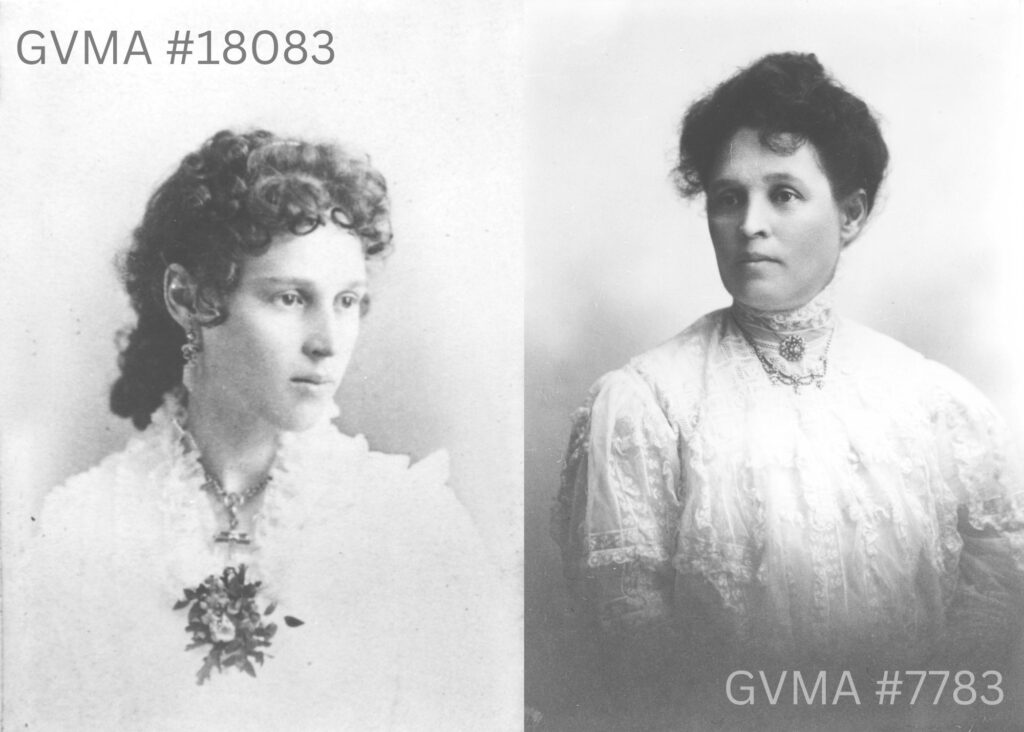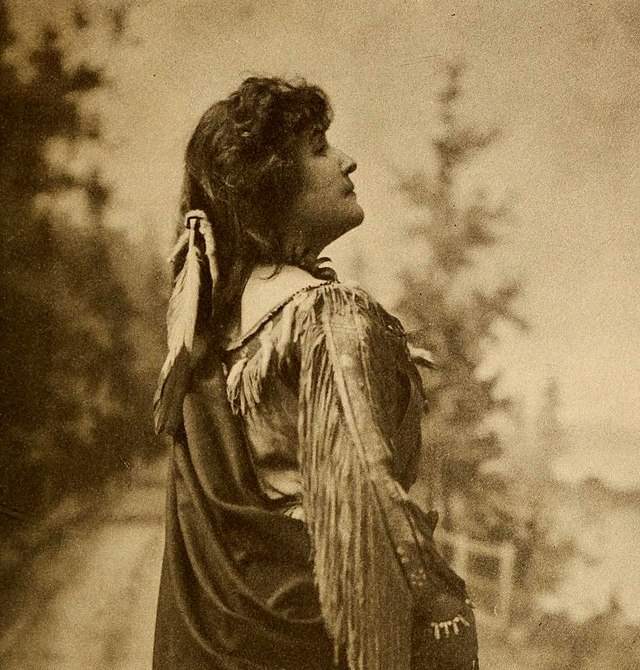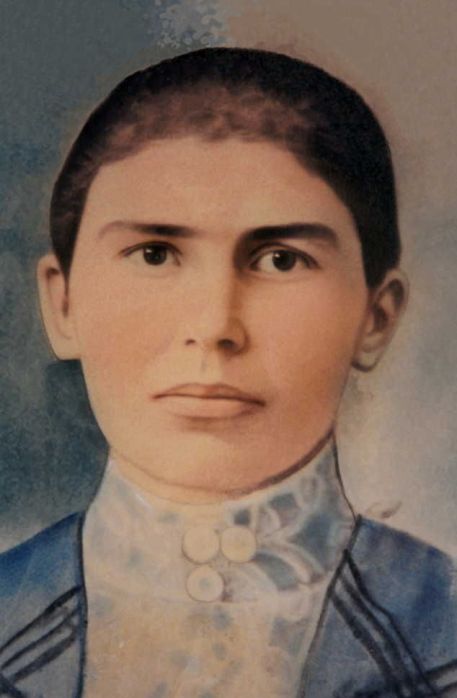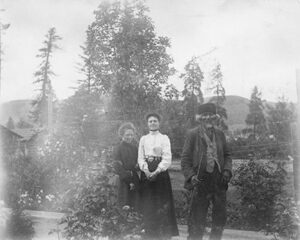
A remarkable women in Vernon’s History
Since 1992, October has served as Women’s History Month in Canada, which includes International Day of the Girl on October 11 and Persons Day on October 18.
Much is known about her husband Price Ellison, one of Vernon’s founding fathers and a Member of the Legislative Assembly, but Sophia Christine Ellison (often called Sophie) is just as remarkable for her contributions to this City.
a yOUNG wOMAN ARRIVES IN vERNON
Sophie Johnson was born in 1857 to Lutheran missionaries from Sweden who settled in the eastern United States. When she was 27, Sophie travelled with her cousin Emma Lind to Vernon to visit her uncle Peter Anderson. Vernon at the time was mostly occupied by single men, so the arrival of the ladies caused quite a bit of excitement. It wasn’t long before the beautiful Sophie caught the eye of blacksmith and rancher Price Ellison, whom she later married.
Vernon’s First School Teacher
In October of 1884, a one-room school house was opened in Vernon, on what is now 25th Avenue, to serve the children of five local families. Sophie was asked to teach the children, since although she had no formal training, she had an extensive knowledge of art, literature, and music. She agreed, and became Vernon’s first teacher.
Unfortunately, the schoolhouse was burnt down in March of 1885; a blaze began while Sophie and the children were inside completing their lessons, as recounted by student Marie Houghton (later Brent). They managed to carry everything movable outside, but their beloved schoolhouse was lost.
A new one was built, but Sophie stepped down from teaching when she became pregnant with her first child. Sophie and Price Ellison went on to have 8 children. The family first lived in a log cabin near Price’s forge, but once they outgrew that, moved to a three-story home on Pleasant Valley Road.
An activte mother and community member
In addition to caring for her large family, Sophie was an active community member. She served on the Vernon Branch of the Council of Women and the Vernon Jubilee Hospital Board, and was the first president of the Vernon & District Women’s Institute. She played the pipe organ at two local churches, and was an avid supporter of the Girl Guides of Canada.
When Sophie celebrated her 90th birthday in 1947, the Vernon News described her life as “bound up intimately with the development and growth of her beloved city.” Sophie Ellison passed away on July 4, 1954.
To explore more of Vernon’s history, check out our other blog posts!
Gwyneth Evans, Research and Communications Coordinator







